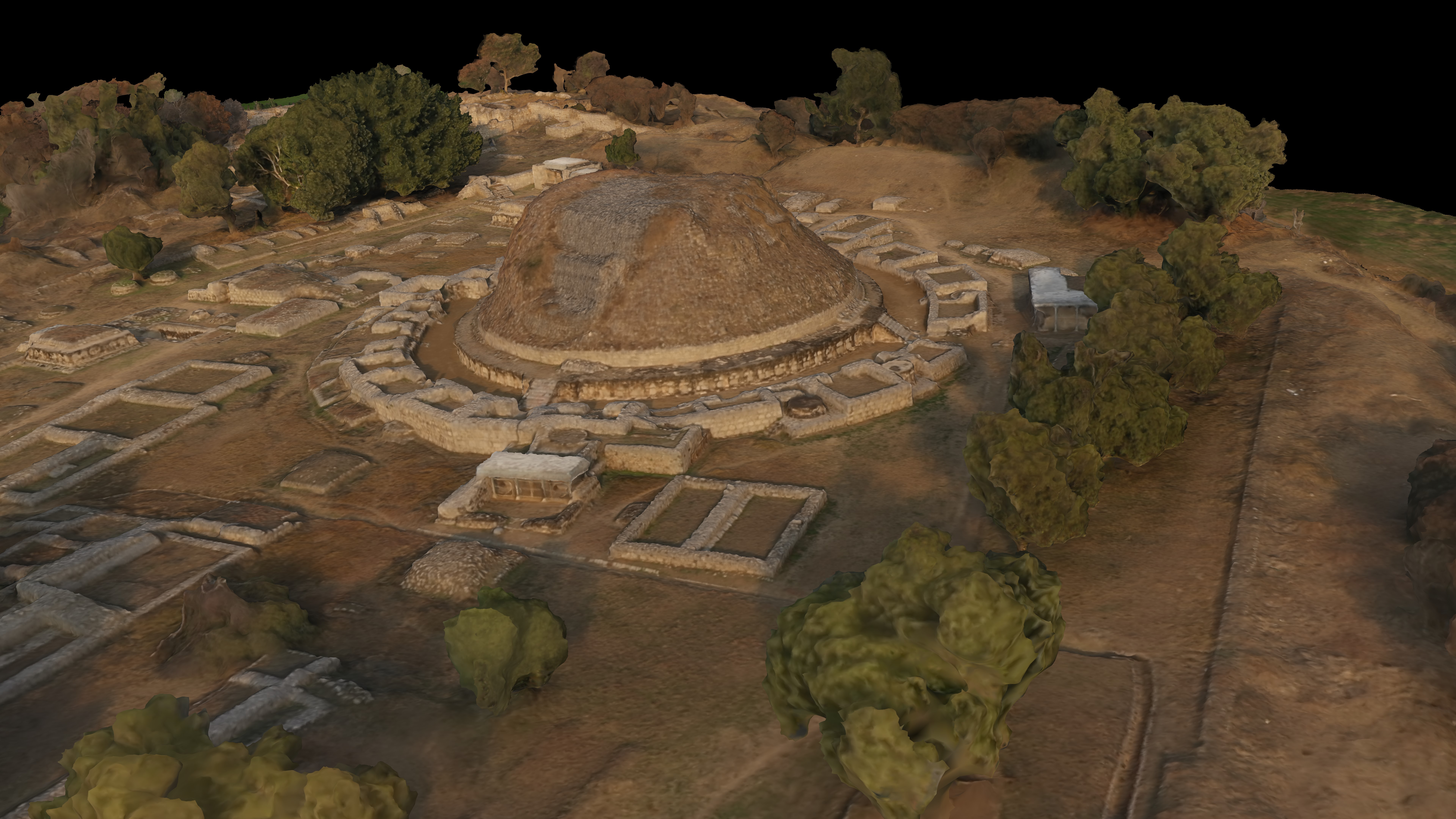
Dharmarajika, Taxila
The Dharmarajika Stupa, situated in Taxila, Pakistan, is a significant archaeological site. While archaeological evidence suggests that it may date back to the 1st century BCE, the name “Dharmarajika” points to an earlier foundation attributed to King Ashoka in the 3rd century BCE. Since 1980, it has been part of the UNESCO World Heritage Site. Known as a center of learning, Taxila features the Dharmarajika Stupa, the largest monument in the area, with an overall diameter of 45m.
Adjacent to the main stupa, the back wall of Chapel G5 yielded significant finds, including an inscribed silver scroll and a small gold casket containing bone relics. The silver scroll contains the Taxila Inscription of the Year 136, which mentions a donor, Urasaka from Bactria, who established Lord’s relic in his personal bodhisattva shrine.
The destruction and abandonment of the site can likely be linked to the invasion of the White Huns towards the end of the 5th century CE. Archaeological excavations uncovered a group of human skeletons in Court J, indicating a massacre.
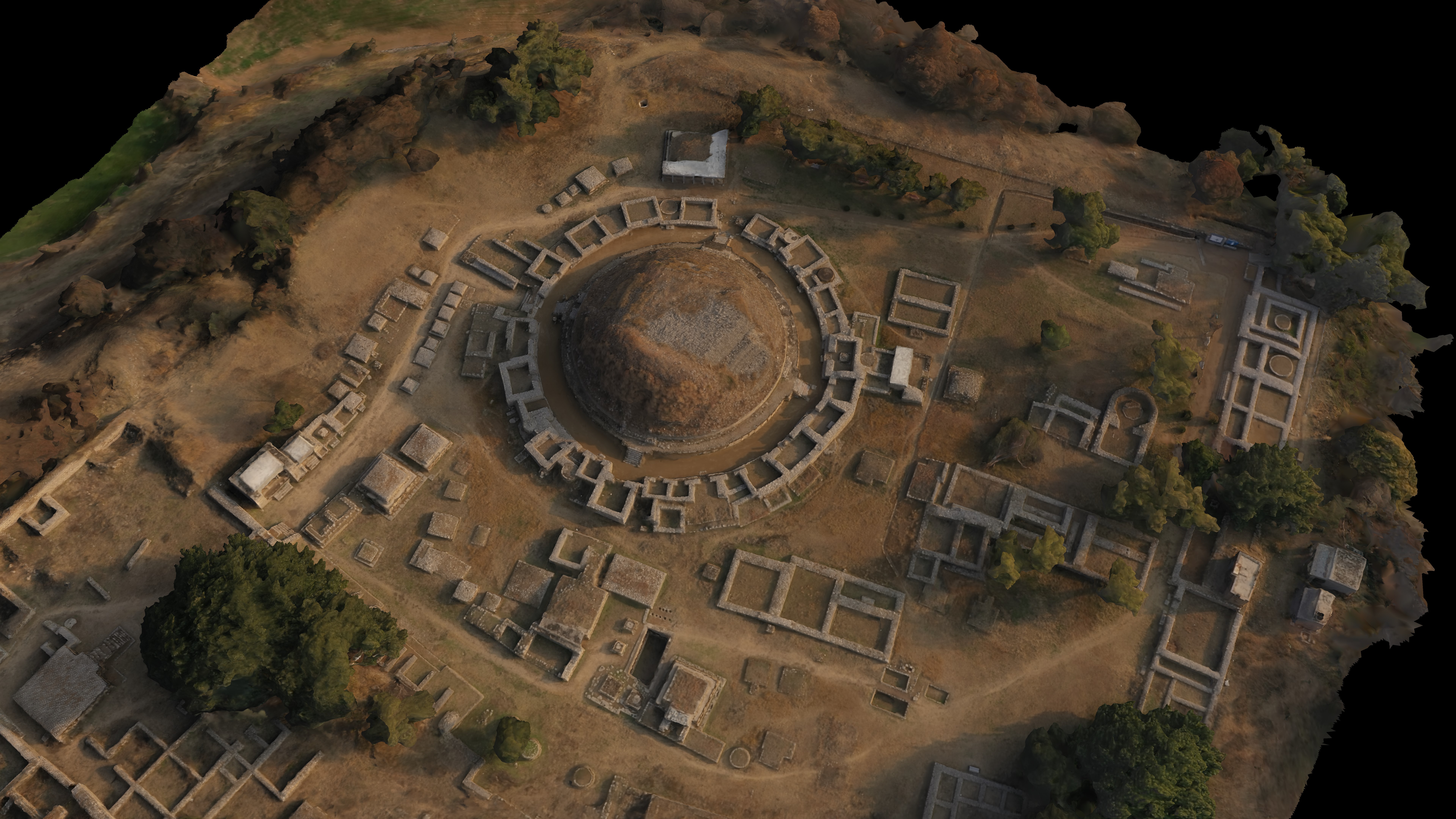
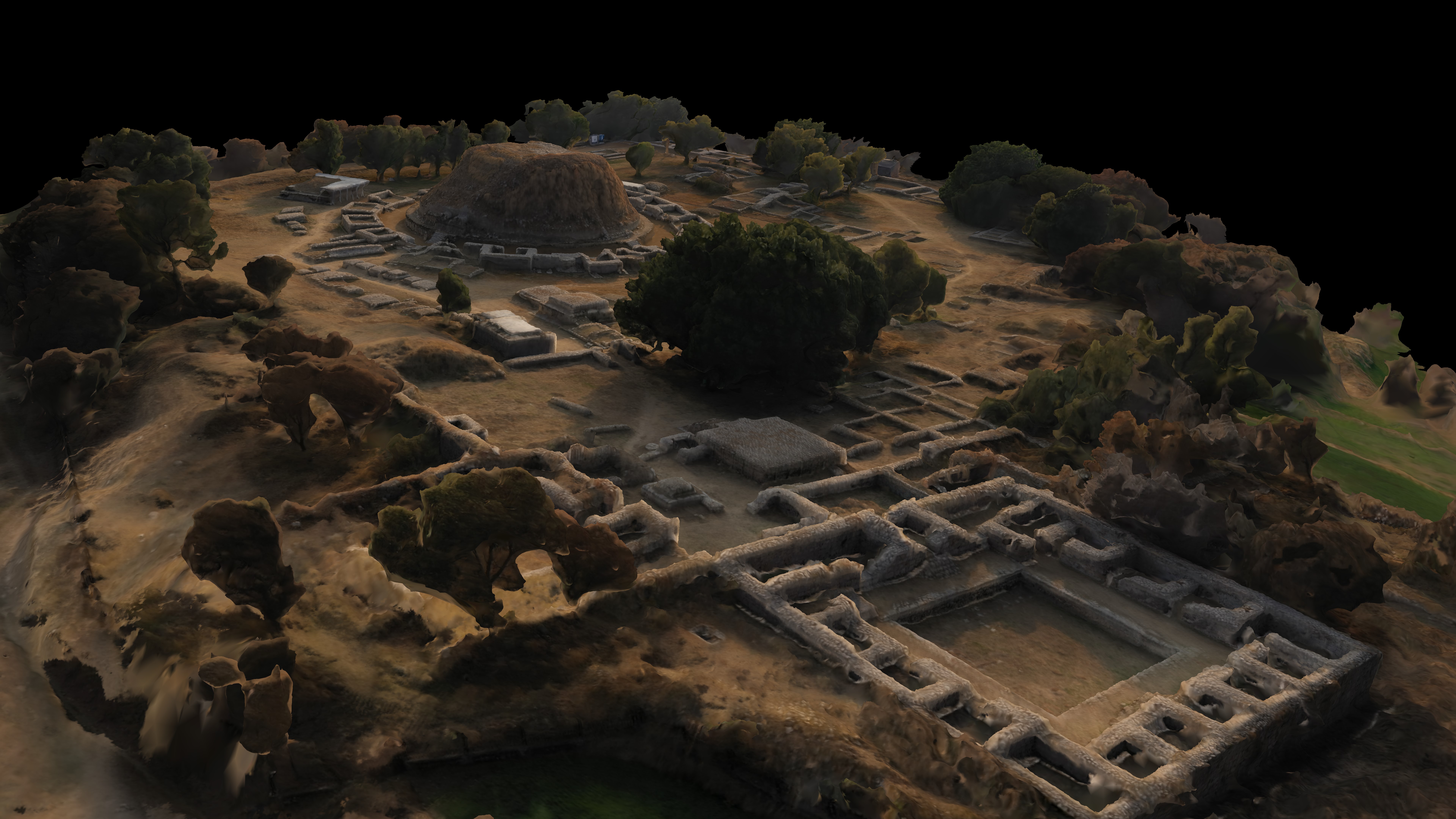
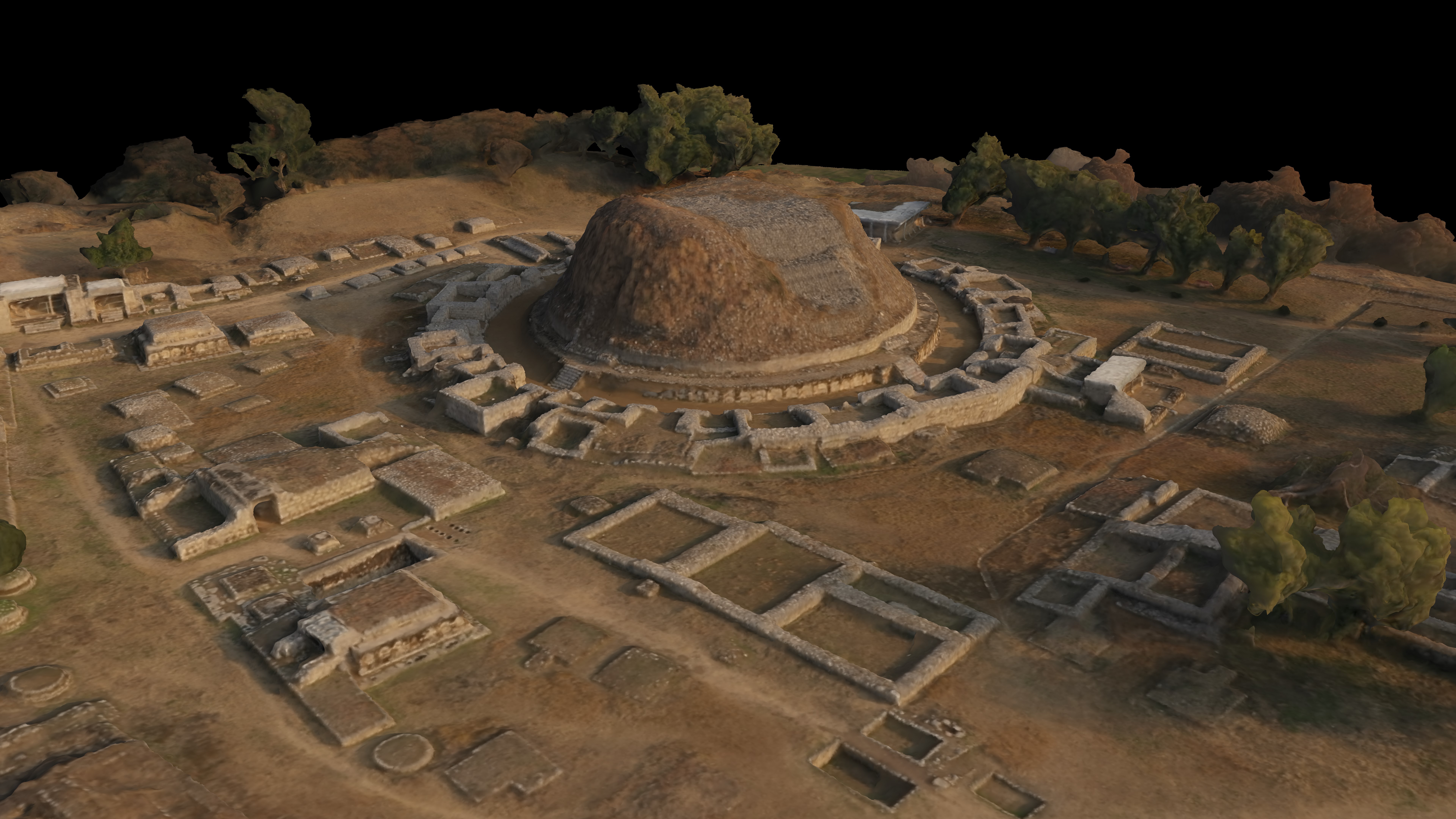
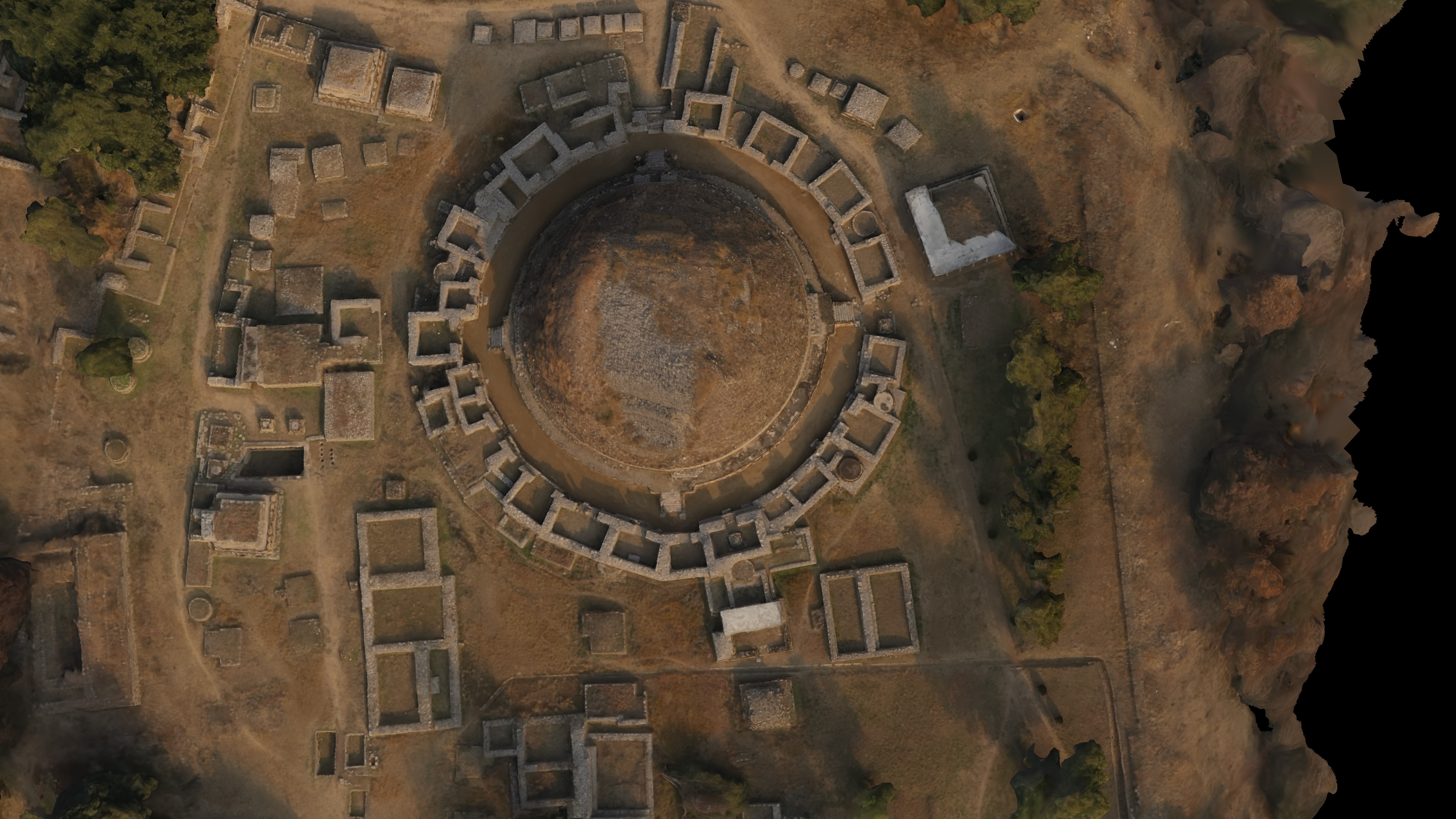
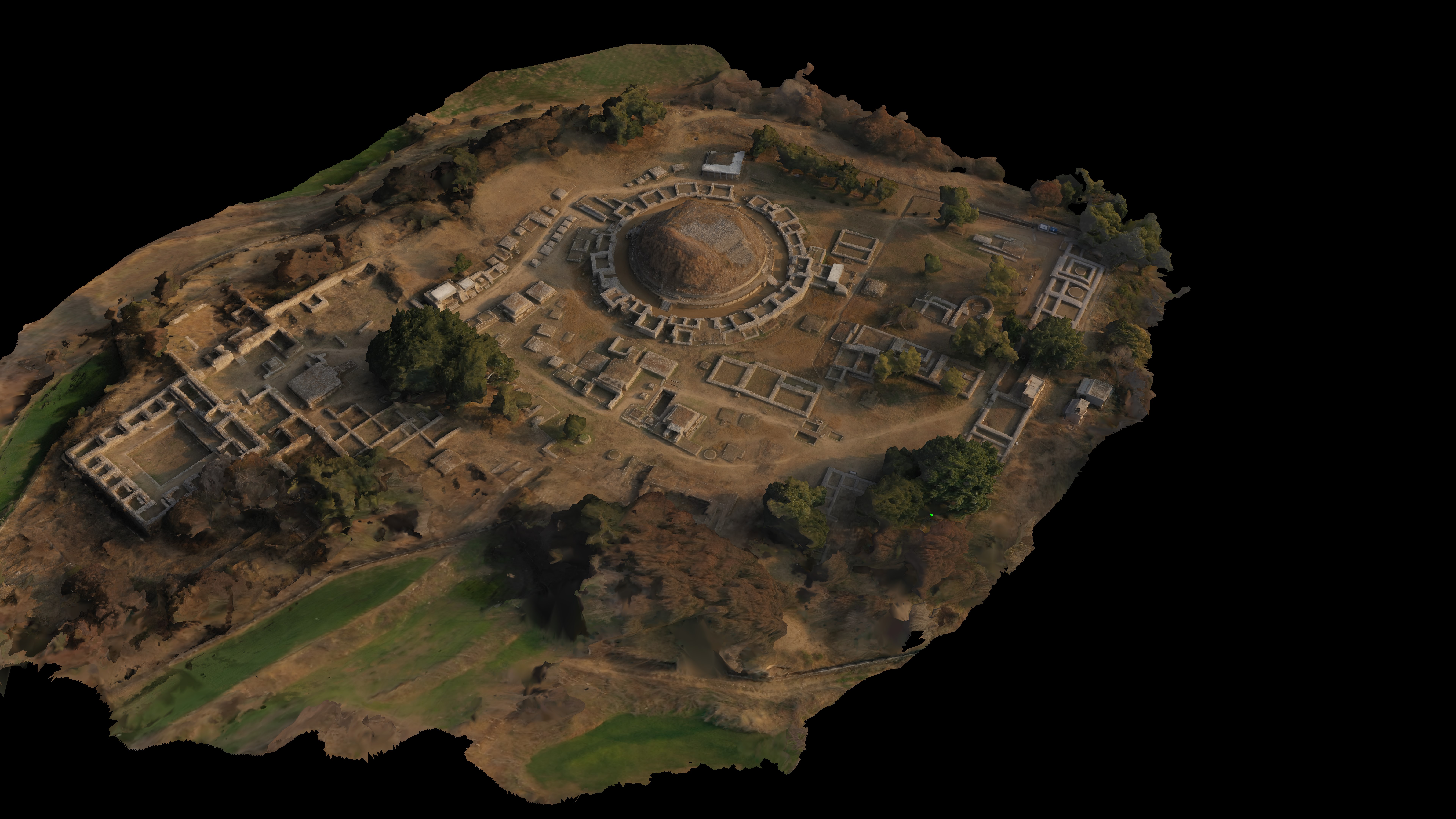
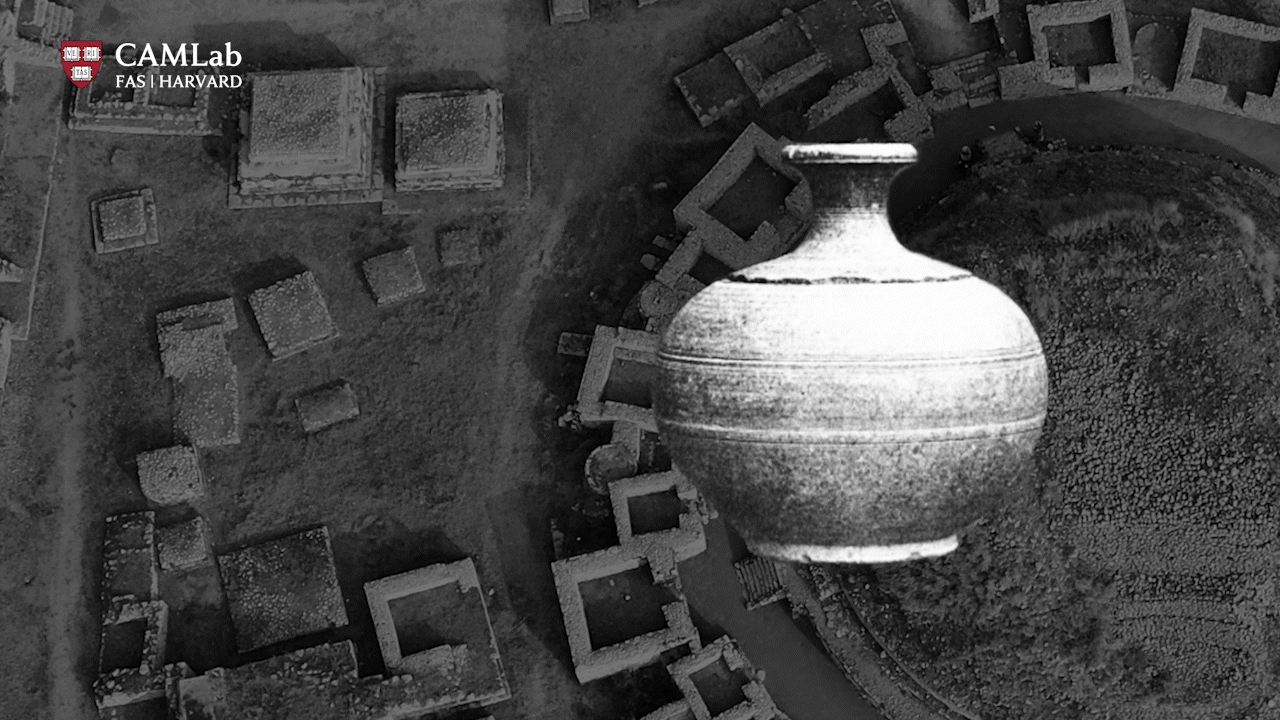
Reliquaries have been unearthed from the surrounding small stupas and chapels. Among them, one reliquary deposit discovered in a chapel contained a set of nested containers made of steatite, silver, and gold, along with a thin silver sheet inscribed with a dedicatory inscription dated to 78 CE, recording the donor’s enshrinement of the Buddha’s relics.
